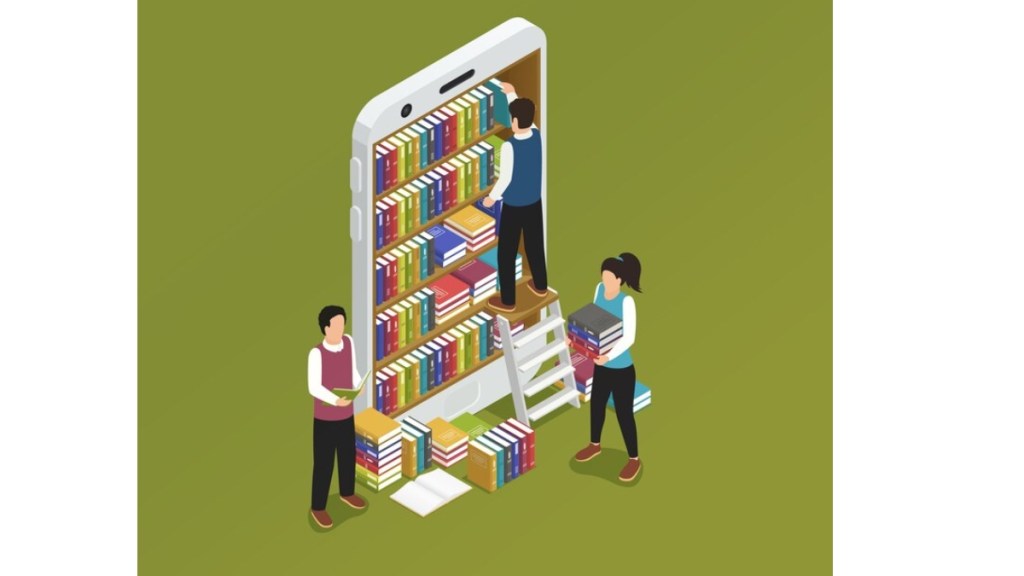By Amandeep S. Kochar
In a world where physical libraries continue to be the foundation of education, e-books have brought a new dimension to the art of learning, transforming the very essence of education. The days when our backpacks would strain under the weight of countless books are long behind. Thanks to the mightiest innovation of the contemporary world- technology, we now have a more convenient and compact alternative, capable of holding an entire library in our pockets.
While e-books have simplified access to learning, the value of the most revered source of education- libraries, remains irreplaceable. Even though these two learning tools are fundamental elements of modern education, their seamless integration will provide students access to an abundance of information. Integrating the benefits of traditional and digital learning systems will better equip students to trace a favorable path for themselves in this rapidly evolving world.
Physical libraries: A valuable resource in the modern-day world
Recognized as sacred spaces for learning, physical libraries have long served as the linchpin of education. Providing students with a comprehensive learning environment, libraries function as enclosed spaces of extensive knowledge and academic resources. In addition to being the most revered source of education, libraries foster a sense of community, promote critical thinking, and aid in research efforts.
Considering the pivotal role of learning in an individual’s life, the unmatched significance of libraries cannot be overstated. Thus, it is safe to assert that physical libraries will continue to hold a special place in education as we move towards a digitally sophisticated world.
E-books: A beneficial addition to the educational landscape
Going beyond the traditional means of education, e-books have significantly transformed the learning process. Instead of carrying a host of books everywhere, e-books have provided a simplified gateway to a world of literature in a lightweight and portable format. In addition, giving contemporary learners various features such as easy searching, highlighting, and annotating, e-books make an excellent resource for research and study.
The powerful integration: Empowering education
Two indispensable facets of modern-day education, physical libraries and e-books, make a powerful combination, creating an engaging educational environment that caters to today’s various learning demands and requirements. Ensuring learners access a range of resources, both constructive educational tools allow them to get the best of both worlds. So, the next time you, as a learner, encounter a situation where you require academic information beyond the printed text, you can always turn to e-books for comprehensive and diverse knowledge.
Moreover, transcending beyond the limitations of physical space, e-books provide access to a broad array of educational materials such as multiple textbooks, research papers, and academic materials. As a result, this serves as a helpful supplement to physical libraries by broadening the scope and depth of learning resources and increasing access to education.
In addition to enhancing learning resources, this creative amalgamation of physical libraries and e-books has facilitated greater collaboration. While physical libraries have long fostered a sense of community, incorporating e-books has expanded that community by permitting deeper collaboration between students and educators.
Physical libraries and e-books: Enhancing the educational experience
In this era of digitalization, where students demand a diverse range of educational resources, the potent combination of physical libraries and e-books serves as a game changer. It seamlessly blends the strengths of both traditional and digital formats, providing students with greater accessibility, flexibility, and a wide variety of learning materials while assuring a more diversified, sustainable, and technologically literate future.
The author is president and group CEO of Baker and Taylor Group of Companies. Views are personal.
